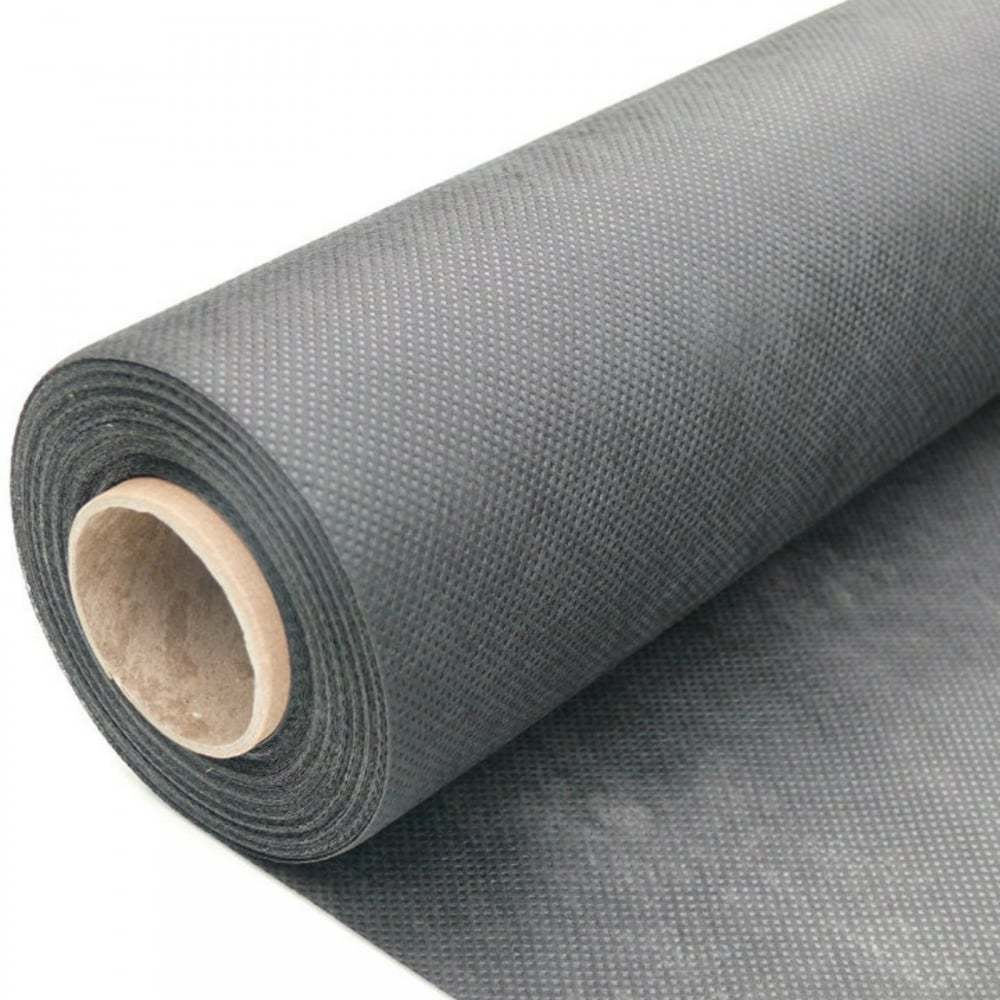What are the most common uses for polypropylene?
Polypropylene (PP) is one of the most commonly used thermoplastics in the world. Polypropylene uses range from plastic packaging, plastic parts for machinery and equipment and even fibres and textiles.
Polypropylene fabric is a type of synthetic fabric made from polypropylene fibers. It has a range of uses across different industries and applications, including:
- Agriculture: Polypropylene fabric is used in agriculture for weed control, crop protection, and soil stabilization. It can also be used as a protective covering for crops, especially in cold climates.
- Geotextiles: Polypropylene fabric is commonly used as a geotextile material for soil stabilization, erosion control, and drainage systems. It can be woven or non-woven and is known for its high strength and durability.
- Packaging: Polypropylene fabric is used in the packaging industry for making bags, sacks, and other packaging materials. It is lightweight, flexible, and water-resistant, making it ideal for storing and transporting a variety of goods.
- Upholstery and home textiles: Polypropylene fabric is commonly used in upholstery and home textiles such as carpets, rugs, and curtains. It is resistant to staining, fading, and wear, making it a popular choice for high-traffic areas.
- Medical textiles: Polypropylene fabric is used in medical textiles such as surgical gowns, drapes, and masks due to its non-toxic, non-allergenic, and water-resistant properties.
- Clothing and accessories: Polypropylene fabric is used in clothing and accessories such as sportswear, outdoor gear, and backpacks. It is breathable, lightweight, and moisture-wicking, making it ideal for active wear.
Overall, polypropylene fabric is a versatile material with a wide range of uses due to its strength, durability, and other beneficial properties.
What is spunbond polypropylene used for?
It has a good heat resistance, as well as high tensile strength, and dimensional stability. Due to these characteristics, spunbond polypropylene is commonly used for automotive and filtration applications, as well as carrier sheets, coating, and lamination.
Spunbond polypropylene fabric is a type of nonwoven fabric made from spunbond technology, which involves bonding fibers together through heat and pressure without the use of chemicals or adhesives. This type of fabric has a range of uses across different industries and applications, including:
- Medical textiles: Spunbond polypropylene fabric is commonly used in medical textiles such as surgical gowns, drapes, and masks due to its non-toxic, non-allergenic, and water-resistant properties.
- Personal protective equipment (PPE): Spunbond polypropylene fabric is used in the manufacturing of various PPE items such as coveralls, isolation gowns, and face shields. It provides a barrier against fluid and particles and is breathable for user comfort.
- Agriculture: Spunbond polypropylene fabric is used in agriculture for crop protection, weed control, and soil stabilization. It can also be used as a protective covering for crops, especially in cold climates.
- Home textiles: Spunbond polypropylene fabric is used in home textiles such as upholstery, curtains, and beddings. It is resistant to staining, fading, and wear, making it a popular choice for household applications.
- Packaging: Spunbond polypropylene fabric is used in the packaging industry for making bags, sacks, and other packaging materials. It is lightweight, flexible, and water-resistant, making it ideal for storing and transporting a variety of goods.
- Industrial applications: Spunbond polypropylene fabric is used in various industrial applications such as filtration, insulation, and soundproofing. It provides high strength and durability and is resistant to chemical and UV exposure.
Overall, spunbond polypropylene fabric is a versatile material with a wide range of uses due to its strength, durability, and other beneficial properties.

